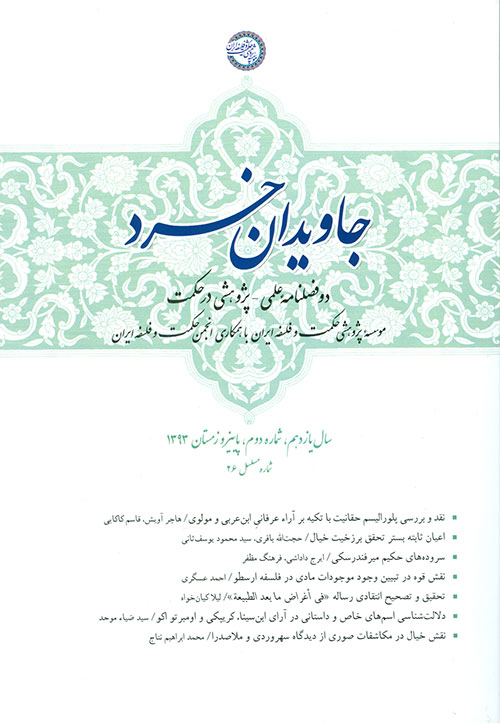Investigating the Zaehner’s View On the likeness of Maya in Shvetashvatara Upanishad and khudā in the Miraj of Bayazid Bastami
Keywords:
مایا, ودانته, بایزید بسطامی, زینر, مکر الهیAbstract
In confirming the theory that the fanā or Waḥdat al-wujūd in Islamic mysticism is due to the entry of Vedanta's teachings into the Islamic world,Zaehner paid attention to some of Bayazid's statements and tried hard to reconcile some of his statements with the words of the Upanishads. In describing his ascension (miraj),Bayazid called what he saw in this journey a khudā (deception) and This prompted Zaehner to introduce "deception" as the equivalent of "Maya" in the Shvetashvatara Upanishad.In order to strengthen his theory, he also tried to find a suitable equivalent in the Upanishads and the Bhagavadgītā among some of the other titles that Bayazid mentioned in his Ascension.In this writing,by proving the Islamic origin of the interpretation of "deception" and also by arguing the semantic difference between "deception" and "Maya",the inaccuracy of Zaehner's claim is revealed and his theory about the influence of Vedanta on Islamic mysticism is challenged.





